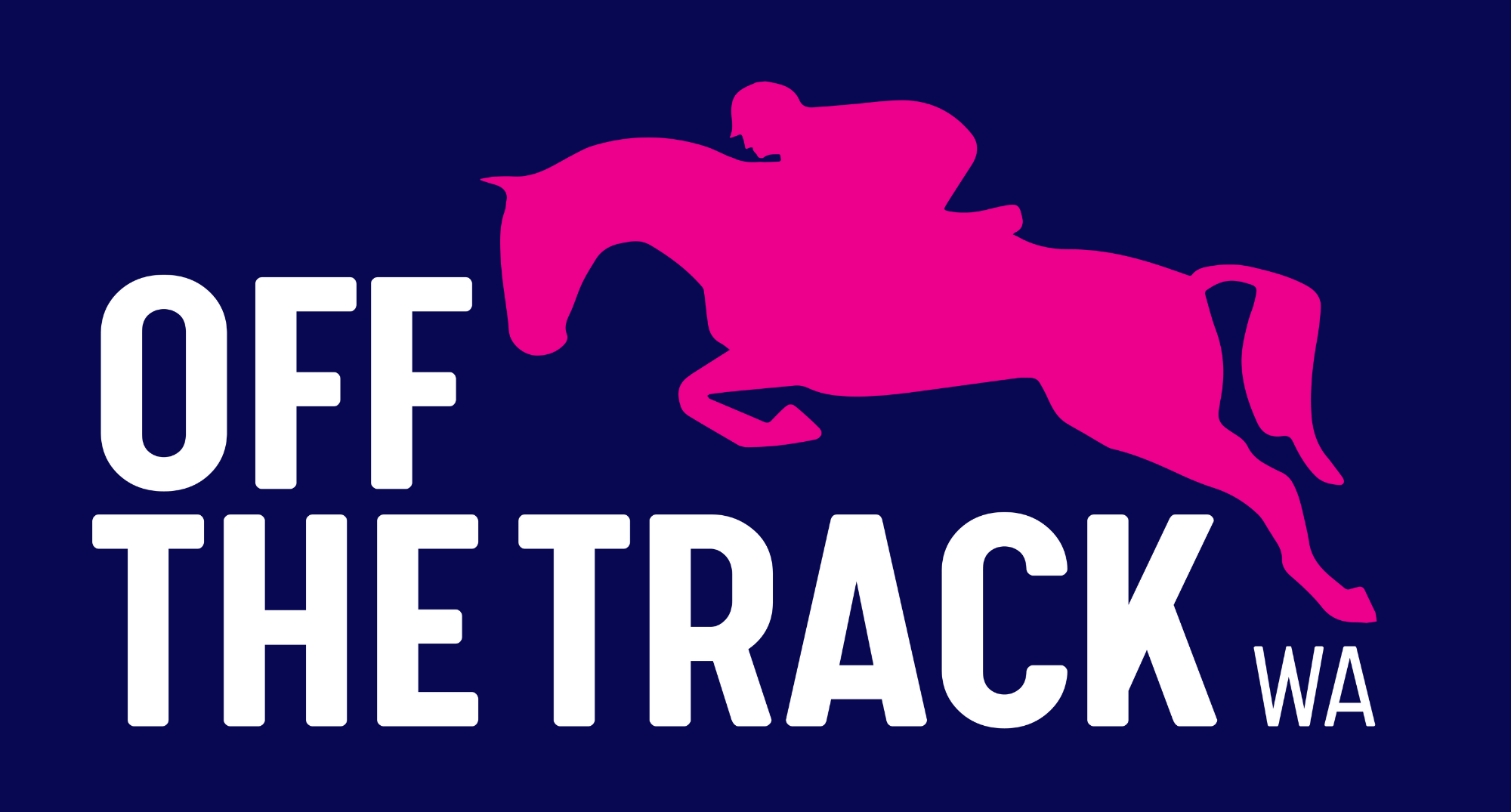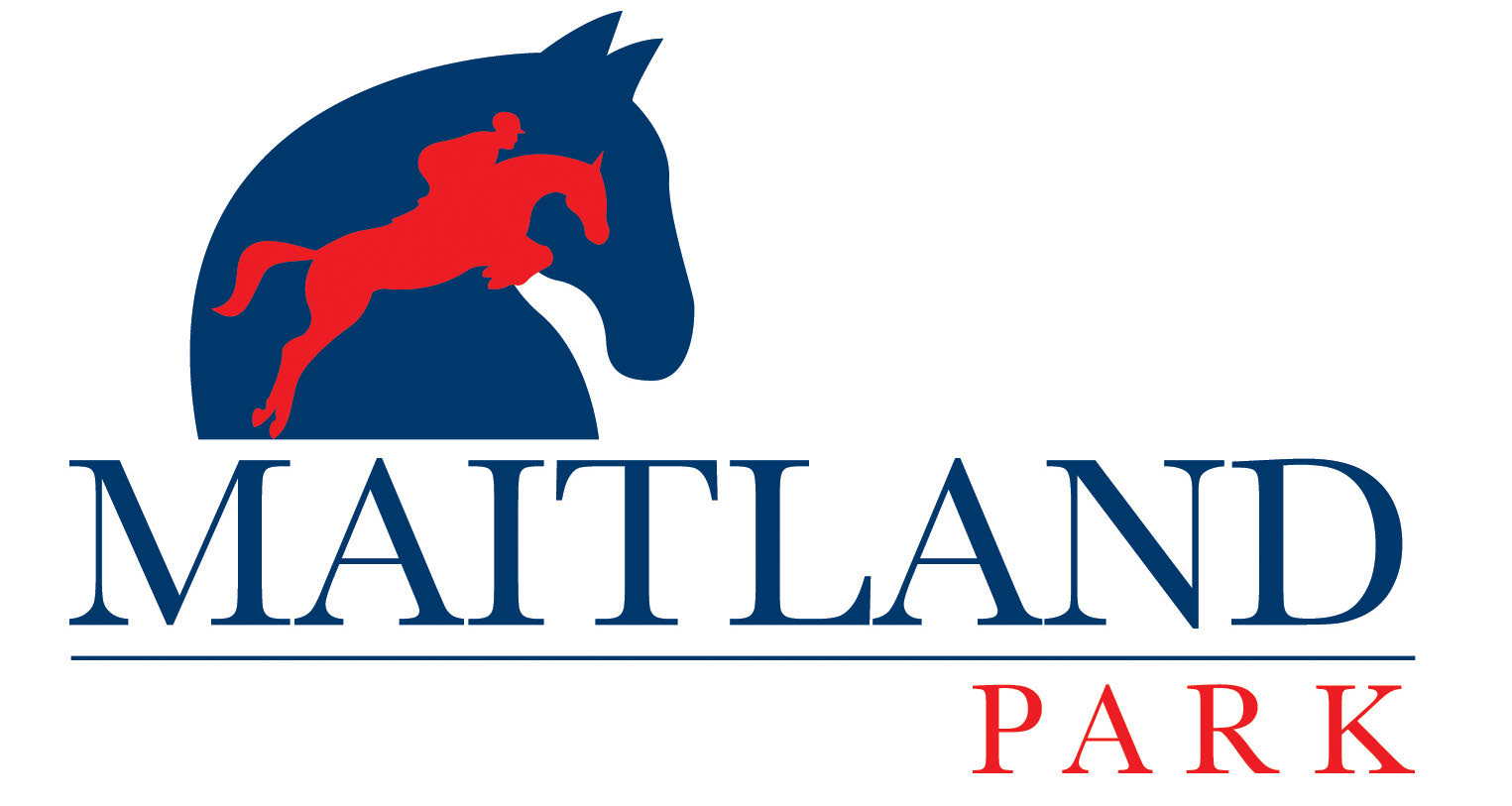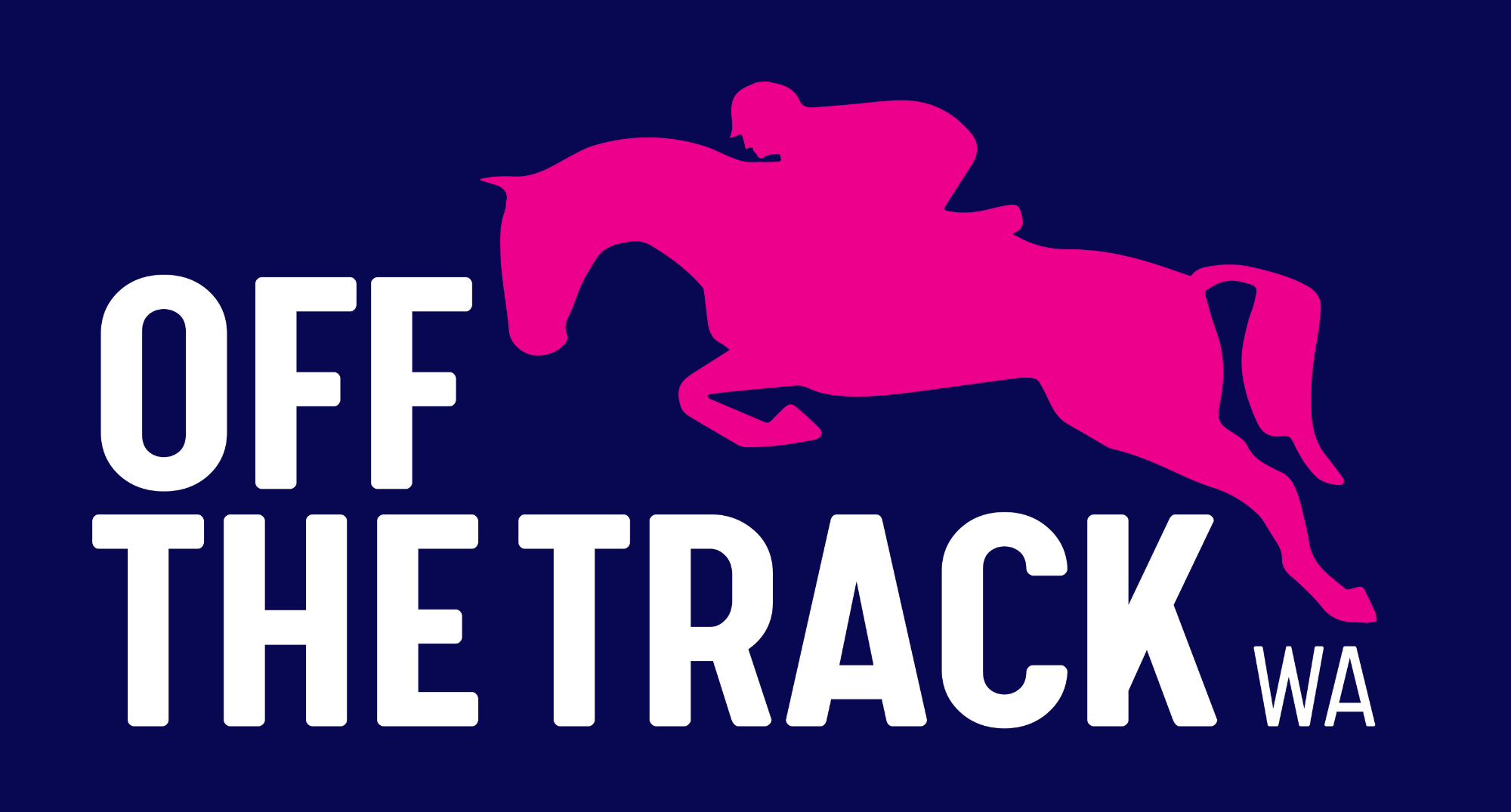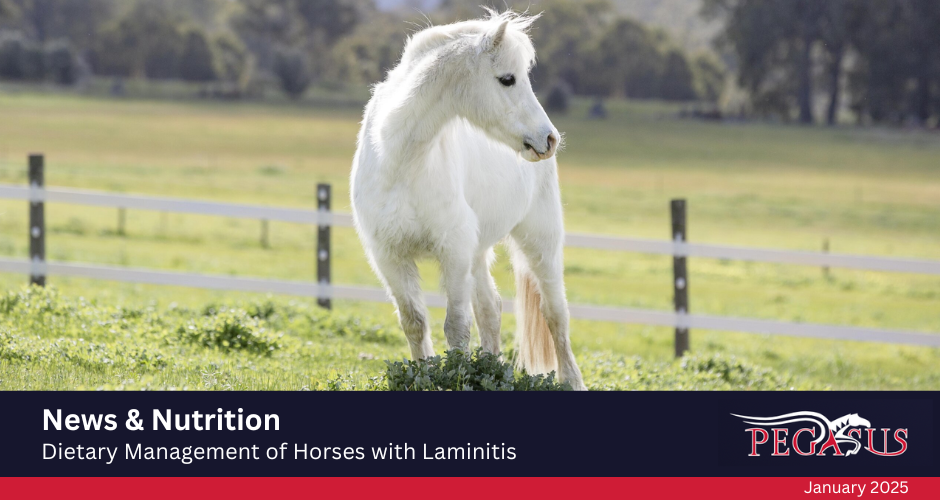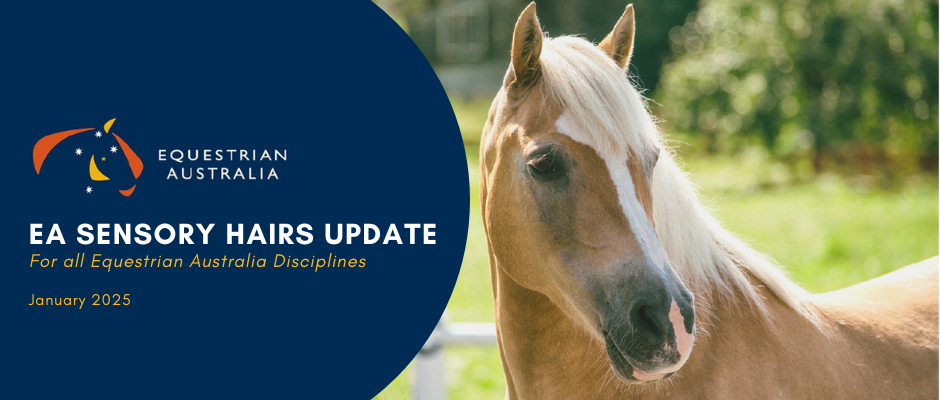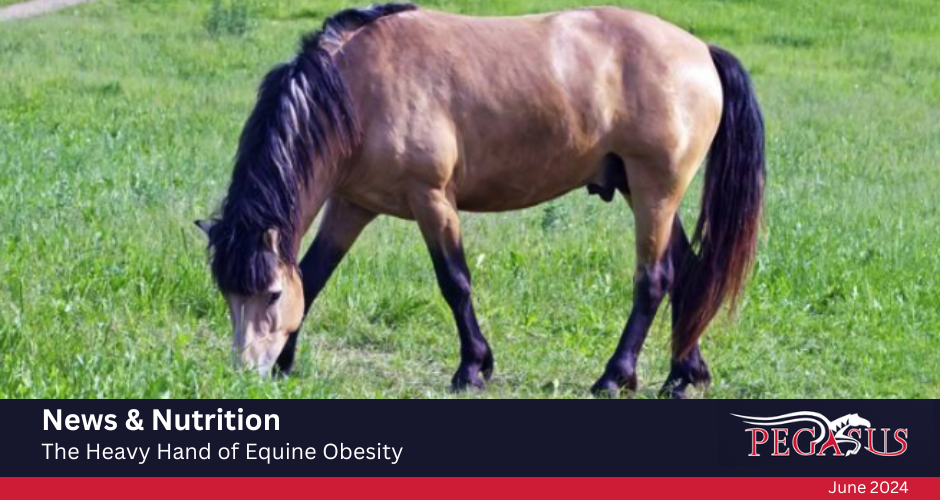
Pegasus News & Nutrition
The Heavy Hand of Equine Obesity
Lately, equine metabolic syndrome and insulin dysregulation are the main concerns associated with obesity. The ever-expanding heart-girth of horses and ponies, however, negatively affects athletic performance even before metabolic issues arise.
Equine nutritionists at North Carolina State University reviewed the available literature on obesity and exercise performance. They began by noting that multiple reports suggest up to 50% of horses are overweight, with 15-30% classified as obese.
“This includes horses used for competition and therefore classified as athletes,” said Catherine Whitehouse, M.S. a nutrition advisor for Kentucky Equine Research.
According to the researchers, “One consequence of adiposity on active horses is the added workload due to increased weight carriage.”
They noted that each score on the 1-9 point Henneke body condition score (BCS) scale equates to approximately 25-50 pounds. Thus, a horse with a BCS of 7 instead of an ideal score of 5, could carry up to 100 pounds in excess fat (adipose tissue).
Studies in Thoroughbreds show that an additional 10% body weight (100 pounds in an average 1000-pound horse) increases oxygen consumption by 15%. Further, Standardbreds with a moderate BCS exercising on a treadmill reached higher speeds for a given heart rate, indicating improved fitness. Similarly, another study demonstrated that increasing loads by 15% (using weights for example) resulted in higher heart rates and body temperatures.
“Together, these studies show that carrying extra weight is harder for the horse,” Whitehouse summarized.
Obesity also affects mobility, according to the review. For example, one study of jumping horses showed altered landing behavior and overall gait movement when additional weight (about 40 pounds) was added. Specifically, the horses landed closer to the jump, and fetlock hyperextension was observed.
“These changes could predispose horses to soft-tissue injuries such as tears in the superficial digital flexor tendons or suspensory ligaments, for example,” Whitehouse said.
Excess body weight due to adiposity also contributes to the development of osteoarthritis as well as heat stress (adipose tissue has insulating properties).
Finally, adding the weight of the rider in addition to the excess body weight brings to light welfare issues as well, the authors noted.
Overnutrition due to overestimating a horse’s workload is a common contributor to obesity. For example, owners may feed their horses as if they are in heavy work when in reality they are only engaged in moderate-intensity exercise.
“Owners and trainers are therefore encouraged to use more objective assessments of workload such as time spent in each gait or speed, total duration of exercise per week, or heart-rate monitoring. This will help accurately determine energy (calorie) needs regardless of the discipline or level of competition being performed,” Whitehouse recommended. “This will help reduce the incidence of overfeeding and help owners and caretakers select appropriate feeds to match caloric needs and intake level.”
There are many strategies that owners can implement to spur weight loss, including decreasing nonstructural carbohydrate content of forages. Soaking or steaming hay effectively decreases nonstructural carbohydrates, but may leach valuable nutrients. When soaking hay, be certain to offer a ration balancer or vitamin-mineral supplement to ensure all nutrient requirements are being met.
*Pratt-Phillips, S., and A. Munjizun. 2023. Impacts of adiposity on exercise performance in horses. Animals (Basel) 13(4):666.
Article released 21st February 2024 by Kentucky Equine Research

